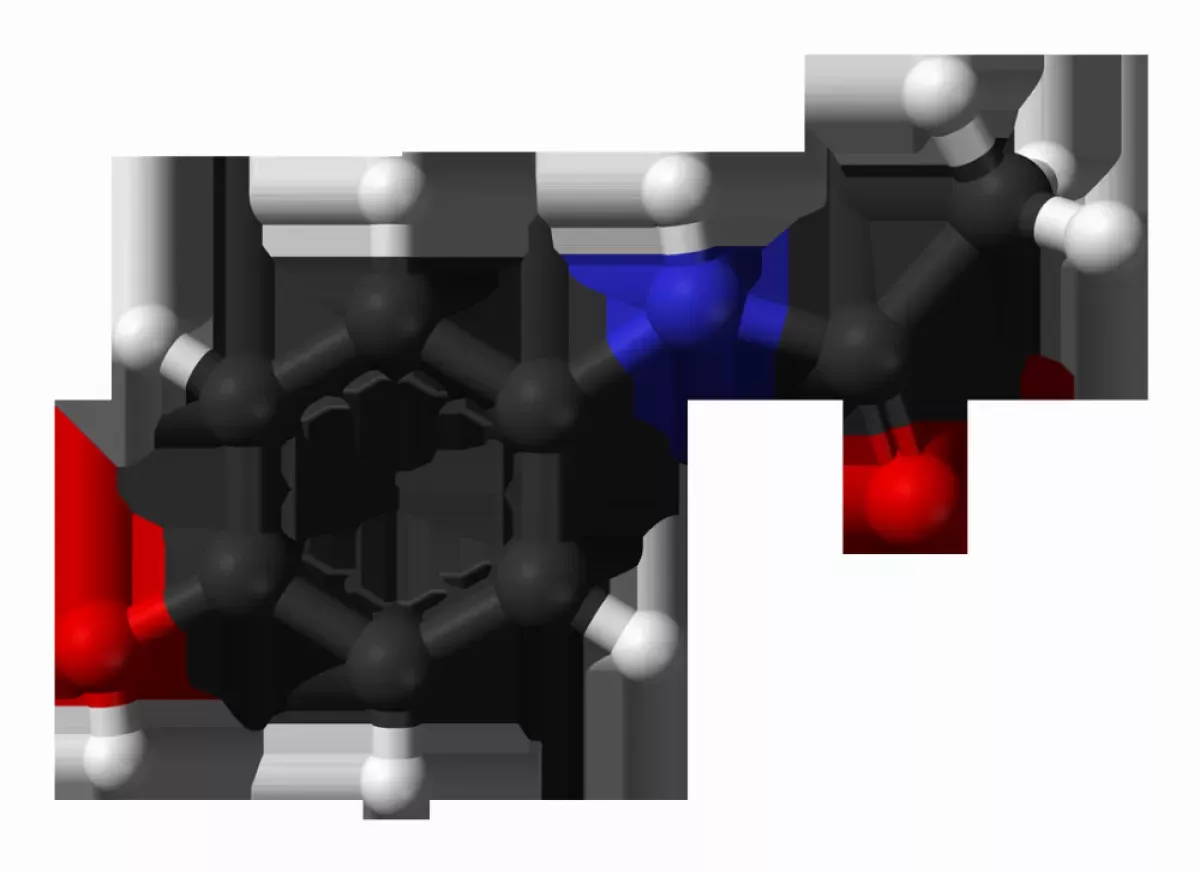Paracetamol, also known as acetaminophen, is a commonly used over-the-counter medication for pain relief and fever reduction. It is a non-opioid analgesic and antipyretic, effective for mild to moderate pain. Available under brand names like Tylenol and Panadol, it's widely accessible. It’s crucial to adhere to recommended dosages to avoid liver damage. While generally safe when used as directed, excessive intake can lead to serious health consequences. It is a staple in many households for managing everyday aches, pains, and fevers.
1947: Paracetamol as a Major Metabolite
In 1947, David Lester and Leon Greenberg found strong evidence that paracetamol was a major metabolite of acetanilide in human blood.
1948: Confirmation of Paracetamol's Role
In 1948, Bernard Brodie, Julius Axelrod and Frederick Flinn confirmed that paracetamol was the major metabolite of acetanilide in humans and established its efficacy as an analgesic.
1949: Phenacetin Metabolizes to Paracetamol
In 1949, a follow-up paper by Brodie and Axelrod established that phenacetin was also metabolized to paracetamol, leading to a rediscovery of the drug.
1950: Paracetamol Marketed as Trigesic
In 1950, paracetamol was first marketed in the United States under the name Trigesic, which combined paracetamol, aspirin, and caffeine.
1951: Trigesic Removed From Market
In 1951, reports of three users stricken with agranulocytosis led to the removal of Trigesic from the marketplace; it was later determined the disease was unrelated to the drug.
1952: Paracetamol Returns to the U.S. Market
In 1952, paracetamol returned to the U.S. market as a prescription drug.
1955: Acetaminophen Coined and Marketed
In 1955, McNeil Laboratories coined and first marketed the word "acetaminophen" as a shortened form of N-acetyl-p-aminophenol (APAP).
1955: Paracetamol Available Without Prescription
Paracetamol became available in the U.S. without a prescription in 1955, becoming a common household drug.
1956: Paracetamol Coined
In 1956, Frederick Stearns & Co coined the word "paracetamol" as a shortened form of para-acetylaminophenol.
1956: Marketing of Panadol in the UK
In 1956, Sterling-Winthrop Co. began marketing paracetamol in the United Kingdom as Panadol, available only by prescription and promoted as safe for children and people with ulcers.
1960: Paracetamol Available Without Prescription
According to another source, paracetamol became available in the U.S. without a prescription in 1960, becoming a common household drug.
1963: Addition to the British Pharmacopoeia
In 1963, paracetamol was added to the British Pharmacopoeia, solidifying its status as an analgesic agent.
1988: Sterling Winthrop Acquired
In 1988, Sterling Winthrop was acquired by Eastman Kodak.
1994: Sale of OTC Drug Rights
In 1994, Eastman Kodak sold the over-the-counter drug rights of Sterling Winthrop to SmithKline Beecham.
2003: Paracetamol as a Cause of Liver Failure
By 2003, paracetamol toxicity had become the foremost cause of acute liver failure in the United States.
2004: Paracetamol Overdose Calls
As of 2004, paracetamol overdose resulted in more calls to poison control centers in the U.S. than overdose of any other pharmacological substance.
2005: Paracetamol Overdoses
As of 2005, paracetamol accounted for the majority of drug overdoses in the United States, the United Kingdom, Australia, and New Zealand.
June 2009: FDA Advisory Committee Recommendations
In June 2009, an FDA advisory committee recommended new restrictions on paracetamol use in the United States, including decreasing the maximum single adult dosage from 1000 mg to 650 mg and prohibiting combinations of paracetamol with other products.
October 2010: Paracetamol linked to infertility
In October 2010, a study was published linking paracetamol use during pregnancy to infertility in the adult life of the unborn child.
January 2011: FDA Requests Limits on Paracetamol
In January 2011, the FDA asked manufacturers of prescription combination products containing paracetamol to limit its amount to no more than 325 mg per tablet or capsule and began requiring manufacturers to update labels to warn of severe liver damage risks.
November 2011: UK Dosing Revision
In November 2011, the Medicines and Healthcare products Regulatory Agency revised UK dosing guidelines for liquid paracetamol intended for children.
September 2013: Reports on Paracetamol Overdose Risks
In September 2013, an episode of This American Life highlighted deaths from paracetamol overdose, followed by ProPublica reports alleging that the FDA and McNeil Consumer Healthcare were aware of the risks but failed to take adequate safety measures.
February 2018: Codeine Prescription Requirements in Australia
As of February 1, 2018, medications containing codeine became prescription-only in Australia.
2018: Anticonvulsant Effect Discovery
In 2018, Suemaru et al. discovered that paracetamol exerts an anticonvulsant effect in mice by activating TRPV1 receptors and decreasing neuronal excitability.
2022: Study on high-dose paracetamol use
A 2022 double-blind, placebo-controlled, crossover study provided evidence that daily, high-dose use (4 g per day) of paracetamol increases systolic blood pressure.
2022: Commonly Prescribed Medication
In 2022, paracetamol was the 114th most commonly prescribed medication in the United States, with over 5 million prescriptions.
Mentioned in this timeline
New Zealand is an island country located in the southwestern...
Australia officially the Commonwealth of Australia encompasses the Australian mainland...
Poison is any chemical substance that can cause harm or...

September is the ninth month of the year in the...
Trending

7 months ago Musk Apologizes to Trump After Susie Wiles and JD Vance Intervene.

5 months ago MrBeast Plans LeBron vs. Jordan Matchup: A GOAT Debate with a Unique Condition.

2 months ago John Mulaney announces 'Mister Whatever' tour and visits Menil Collection in Houston.

5 months ago Max Kepler Scratched from Phillies Game Due to Triceps Soreness: Injury Update

Torence Ivy Hatch Jr known as Boosie BadAzz or Boosie is an American rapper who gained fame in the Southern...

7 months ago Ja Morant Severs Ties with Lift Sports Management Amid Nets Speculation.
Popular

XXXTentacion born Jahseh Dwayne Ricardo Onfroy was a controversial yet...

Stranger Things created by the Duffer Brothers is a popular...

Carson Beck is an American college football quarterback currently playing...

Marco Rubio is an American politician attorney and diplomat He...

Candace Owens is an American conservative political commentator and author...

Nicol s Maduro is a Venezuelan politician who has served...
